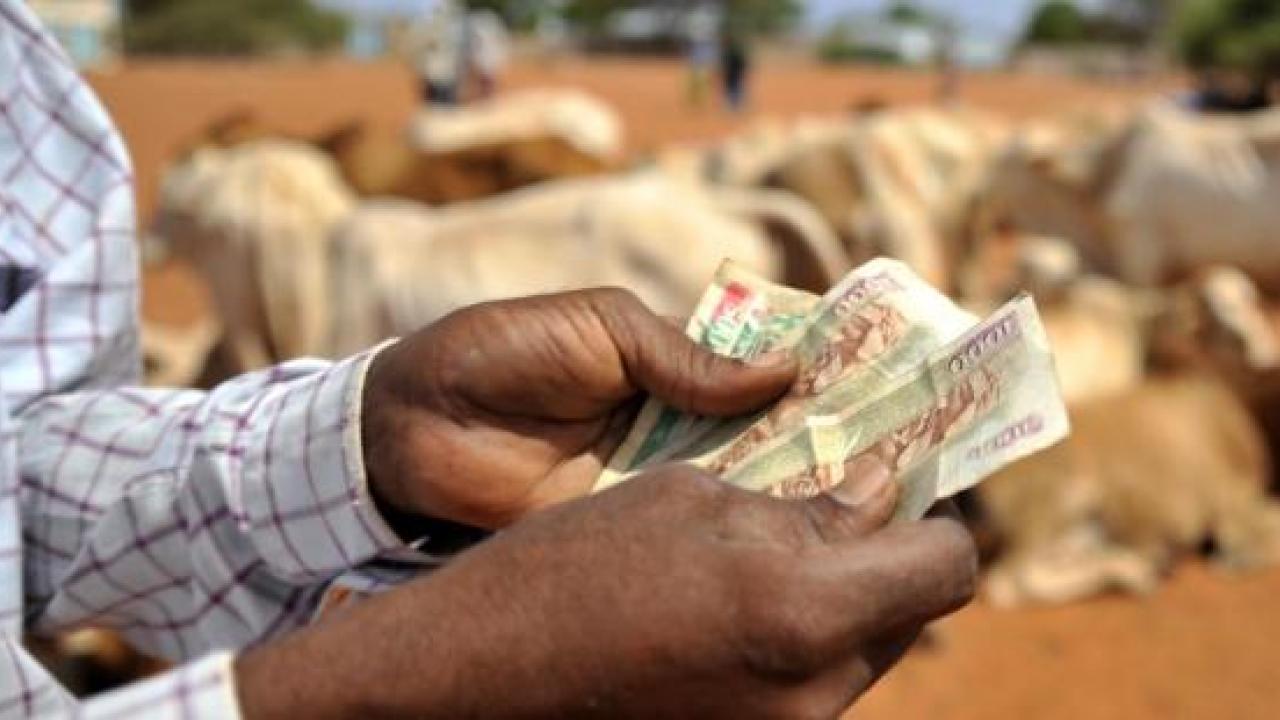
AMA Innovation Lab and D2FTF Use Digital Tools to Break Down Barriers to Agricultural Insurance
In the developing world, there is little agriculturalists can do to protect themselves and their families from weather volatility. When shocks occur, many families have to resort to defaulting on loans, selling assets, reducing their meals or pulling children out of school. Because of this, even before disaster strikes, many farmers pass on high reward, but potentially risky, opportunities. Even though additional investments in farm productivity could help the household get out of poverty, these investments could also increase the household exposure to risk. This means many families don’t take the growth opportunities available to them. In this way, risk exposure both makes families poor and keeps families poor.
At the Feed the Future Innovation Lab for Assets and Market Access (AMA Innovation Lab), we’ve found that agricultural index insurance, by transferring these risks away from farmers, can increase household resilience and enable smallholder farmers to take advantage of productive opportunities that are available to them. By avoiding costly coping mechanisms and taking advantage of growth opportunities, households and communities can make productive investments and can set themselves on a growth trajectory.
Many agricultural insurance pilots, despite indications of positive welfare impacts, have not been taken to scale. Many of the challenges they face are things like consumer education, sales and distribution in remote locations and small sales at a time.
One of the most successful index insurance projects – Index-Based Livestock Insurance (IBLI) in East Africa – was met with a series of barriers in making the product accessible to those who stood the most to benefit from the product. For example, pastoralists, by definition, are often not in their homes. This makes it exceedingly difficult to get the payouts to the insured pastoralists when payouts are triggered. If it takes too long for insured agriculturalists to receive their payouts, then they are forced to resort to the same costly coping strategies that they bought the insurance to avoid. This can also severely inhibit, or entirely demolish, an intervention. In the case of IBLI, the payout problems meant that the costs of distributing payouts were actually higher than the value of the payouts themselves.
Now, as part of the Kenya Livestock Insurance Program, the next stage of the ILBI intervention, insurers are moving to mobile phones to make sure payments get to the insured quickly. Because of the huge advances made in digital innovations, interventions can be made more feasible, and more of the value can be passed on to the pastoralists themselves.
At the AMA Innovation Lab, we see on the horizon many more opportunities for digital innovations to increase access to insurance through improved consumer education, sales platforms, insurance purchase aggregation and payout distribution platforms mechanisms. Moreover, digital innovations such as remote sensing and drones have high potential to make the indices used to trigger payouts better at seeing the reality of situations on the ground and making the contract much more valuable to farmers than was possible in the past.
As the AMA Innovation Lab continues to work with pilot studies and implementation partners – in both public and private sectors – digital innovations can make what once was infeasible now feasible. And Feed the Future’s new guide, Using Digital Tools to Expand Access To Agricultural Insurance, will provide implementation partners with an important resource to address these barriers that stand behind this important innovation and rural communities.
When used in concert with some of the tools being developed by the AMA Innovation Lab to promote the responsible and effective development of agricultural insurance, this guide can help to get high-quality, well-designed agricultural insurance products to those who stand to benefit the most, increasing the resilience of vulnerable populations. The framework it provides can help to identify both challenges and opportunities before beginning an intervention and to take advantage of the rapidly increasing number of technological advances that can make agricultural insurance work.
Tara Chiu is the assistant director of the AMA Innovation Lab. This article originally appeared on Agrilinks in a series to raise awareness on the guide Using Digital Tools to Expand Access to Agricultural Insurance.
